1. Free Bread Baskets
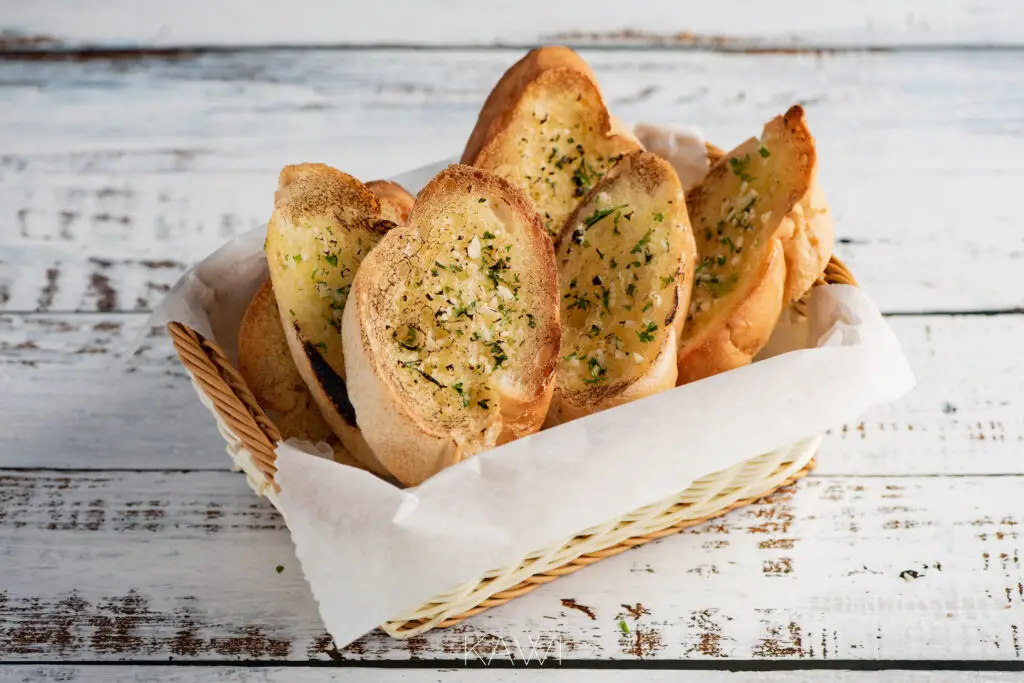
There was a time when every sit-down restaurant, from fancy steakhouses to your corner Italian joint, brought a basket of warm bread to your table without anyone asking. It was a simple gesture, but it made you feel welcomed, like you were being treated, not charged. That fluffy white roll or crusty baguette with butter wasn’t just an appetizer — it was a sign of hospitality. Sometimes it was garlic bread, sometimes cornbread, but it always came without question shares Chowhound.
These days, you’re more likely to see “artisan bread with cultured butter” for $8 on the menu. Diners who remember the free basket era tend to notice its absence, especially when they’re still waiting on the main dish. It’s one of those small restaurant rituals that quietly disappeared as costs rose and margins shrank. A few classic spots still offer it, but the golden age of complimentary carbs is mostly gone. And while it’s not a dealbreaker, it’s one of those little losses that makes dining out feel just a little less generous adds Eat This Not That.
2. The Salad Bar
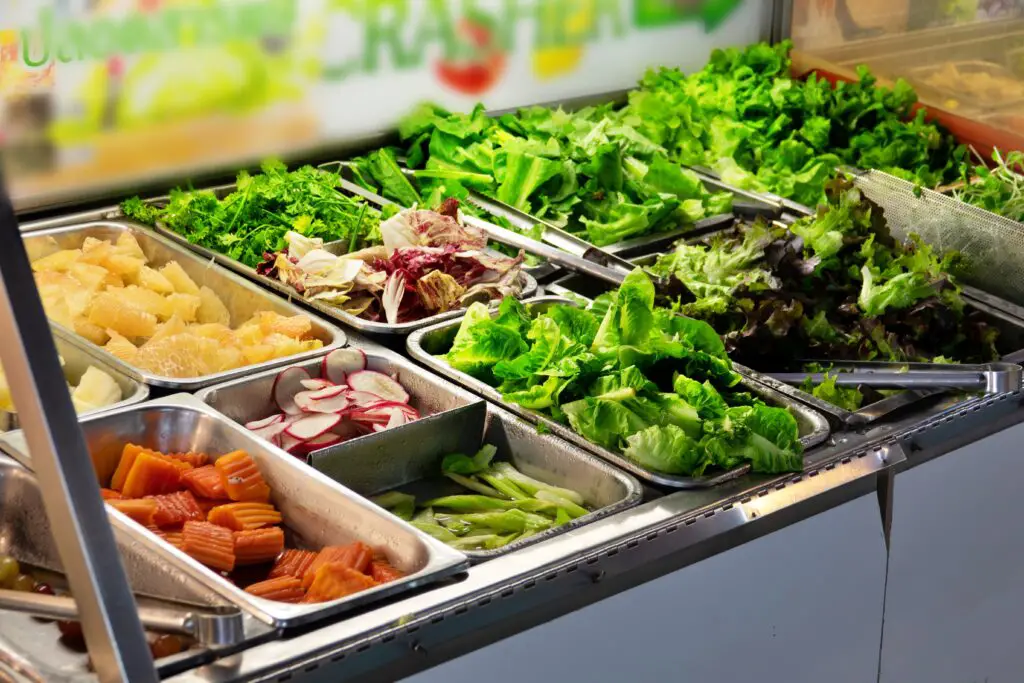
If you grew up in the ’70s or ’80s, you probably remember making a beeline for the salad bar before your main course arrived. There was something oddly satisfying about piling iceberg lettuce, cherry tomatoes, and sunflower seeds onto your plate under the flicker of heat lamps. You’d top it all off with ranch or Thousand Island and maybe sneak a breadstick or two while you were at it. It was a ritual, and even if the produce wasn’t exactly fresh-from-the-farm, it was part of the charm says The Takeout.
But in the age of hygiene concerns and changing tastes, the salad bar quietly vanished. The pandemic gave it a final push, but it had already been fading for years. Today’s diners want fresh, chef-prepared salads — not something they scooped with tongs from a sneeze-guarded counter. For those of us who grew up with it, though, it’s hard not to feel a little nostalgic for the freedom of customizing your plate. It was DIY dining before that was trendy explains Tasting Table.
3. Table-Side Presentations
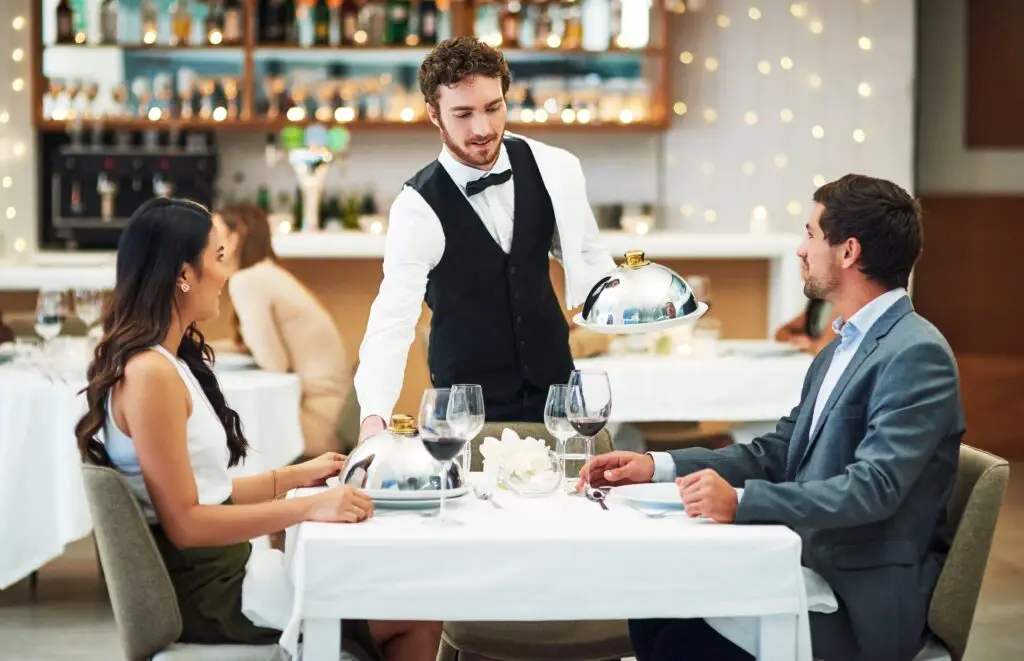
Remember when ordering a Caesar salad meant a server would wheel over a cart and whip it up right in front of you? Or when bananas foster came to life in a fiery pan just inches from your table? Those dramatic, table-side moments used to make eating out feel like dinner and a show. It wasn’t just about food — it was an experience, and it made you feel special.
Now, most of that flair has faded into memory, replaced by streamlined service and kitchen efficiency. It’s rare to find a restaurant willing to invest in the training and time it takes for table-side service. And while we’ve gained speed, we’ve lost a bit of theater in the process. There’s something magical about watching your meal come together before your eyes. For diners who remember, it was a little bit of old-school elegance that doesn’t quite exist anymore.
4. Paper Placemats with Games
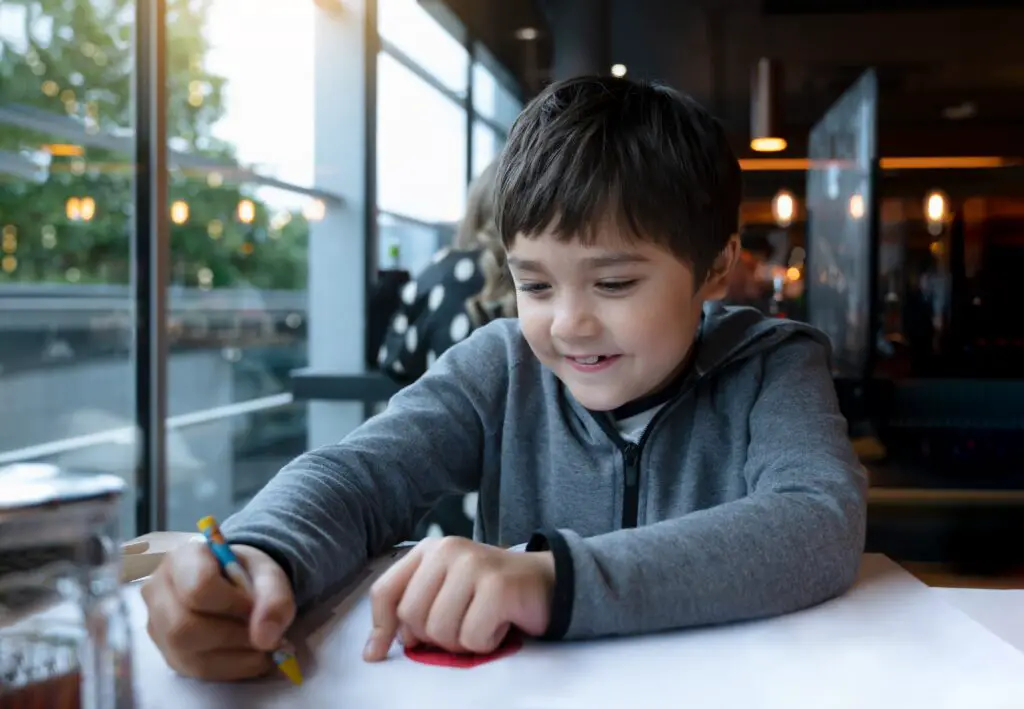
If you were a kid in a diner in the ’80s or ’90s, you know the thrill of getting a paper placemat covered in mazes, word searches, and trivia. It was a built-in babysitter while the grownups chatted over coffee. You’d get a couple of crayons — usually half-broken — and that was all you needed to stay entertained until the grilled cheese arrived. And even if you weren’t a kid, the placemat often had fun facts or local ads to glance at while waiting.
Today, those paper placemats have mostly disappeared in favor of sleek, minimalist table settings. Screens have replaced crayons for younger generations, and diners seem more focused on their phones than a good maze. But for many of us, those placemats are part of the memory of what dining out used to feel like — easy, unpretentious, and a little bit fun. You can still find them in a few retro spots, but they’re a rare treat now. Another small tradition that quietly left the table.
5. Jukeboxes at the Table
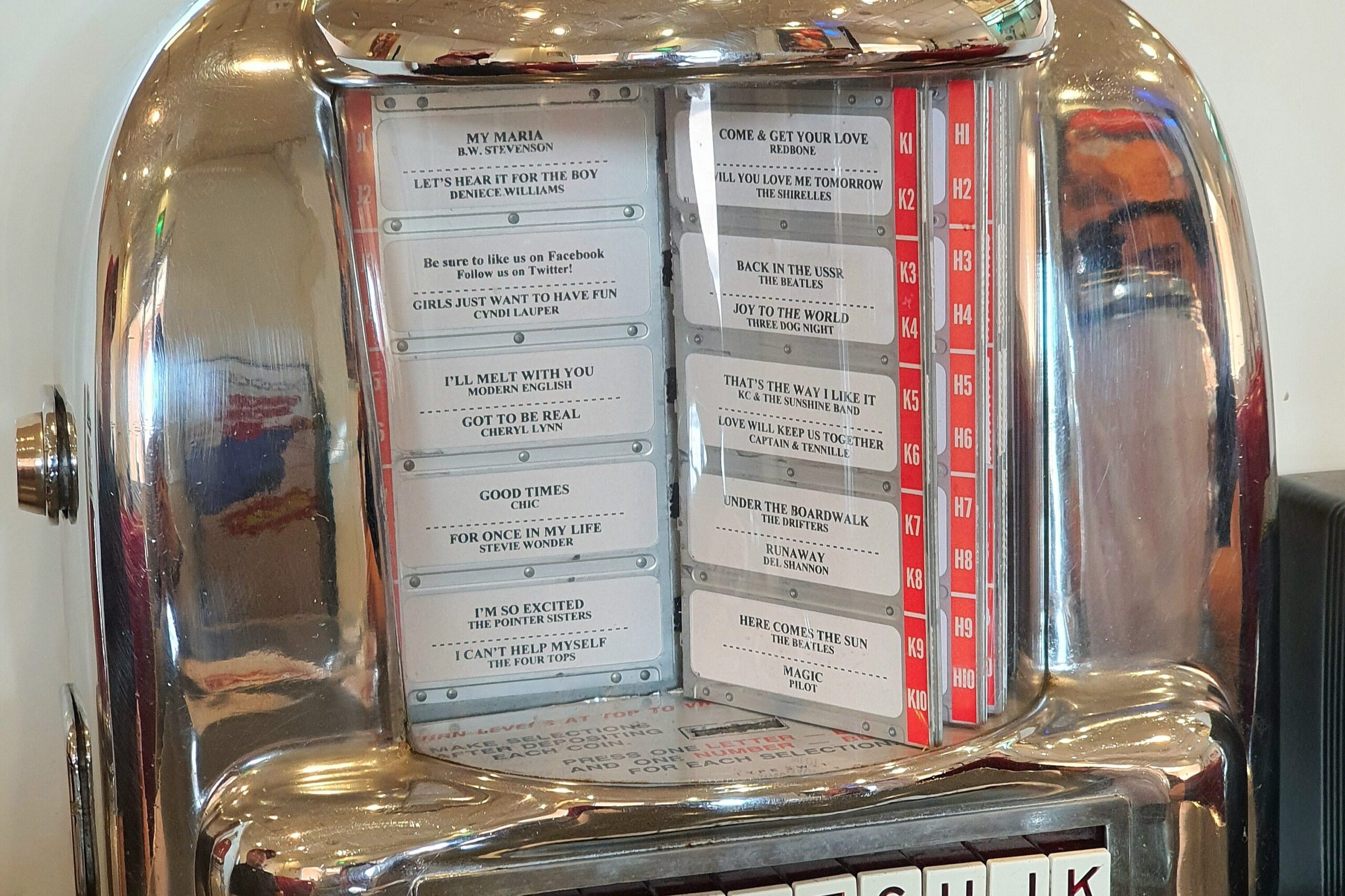
Sliding into a vinyl booth and flipping through a mini jukebox was once a quintessential part of the diner experience. For a few coins, you could queue up your favorite Elvis or Aretha song while you ate your pancakes or burger. It made the whole place feel alive, with every table curating its own little soundtrack. And let’s be honest — there was something satisfying about hearing your song start playing a few minutes later.
But as technology evolved, those little jukeboxes became outdated and expensive to maintain. Now, music is piped in from a central system or chosen by a Spotify algorithm. It’s efficient, sure, but it lacks the quirky personality of a hand-picked playlist from the corner booth. Those tabletop jukeboxes weren’t just for music — they were about participation. You felt like you were part of the atmosphere. Now, the music just plays, and you listen.
6. Servers Knowing Your “Usual”
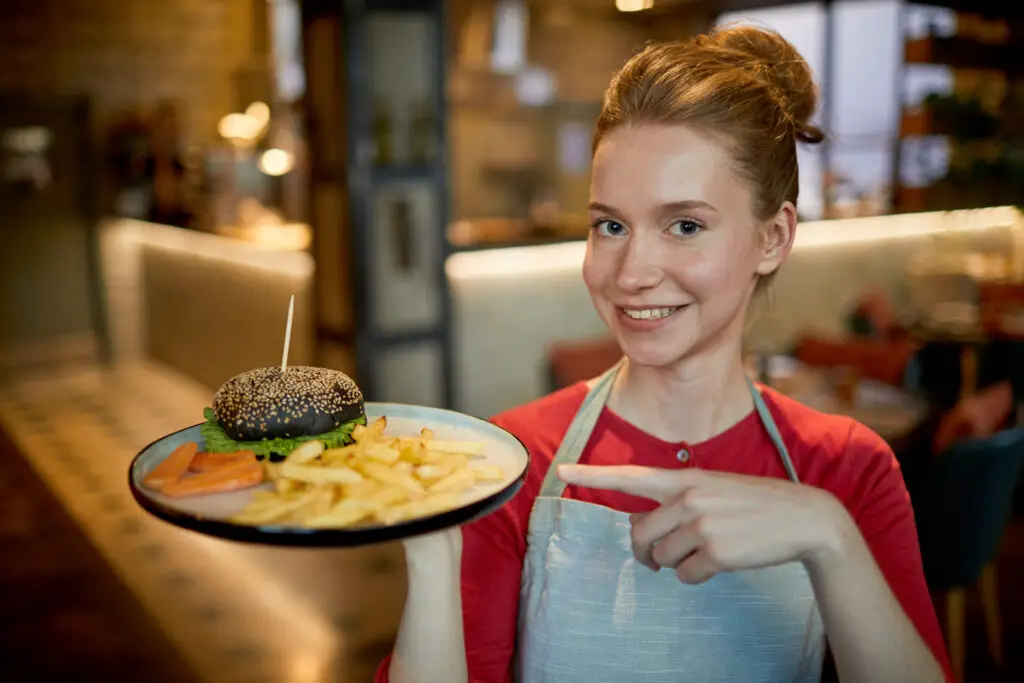
Back when families went to the same diner every weekend, the staff often knew exactly what you wanted before you even sat down. “The usual?” they’d ask with a smile, already pouring your coffee or putting in your go-to order. It made you feel seen and valued in a way you don’t often get in today’s fast-paced dining world. It was less about transactions and more about relationships.
These days, with restaurant staff turnover and the rise of mobile ordering, that personal connection is harder to come by. Most places aim for efficiency rather than familiarity. For those of us who remember being regulars at a neighborhood spot, it’s a sentimental loss. Having someone know your favorite dish without asking wasn’t just convenient — it made you feel like part of the place. Now, it’s rare to find a restaurant that knows your name, let alone your order.
7. Dessert Carts
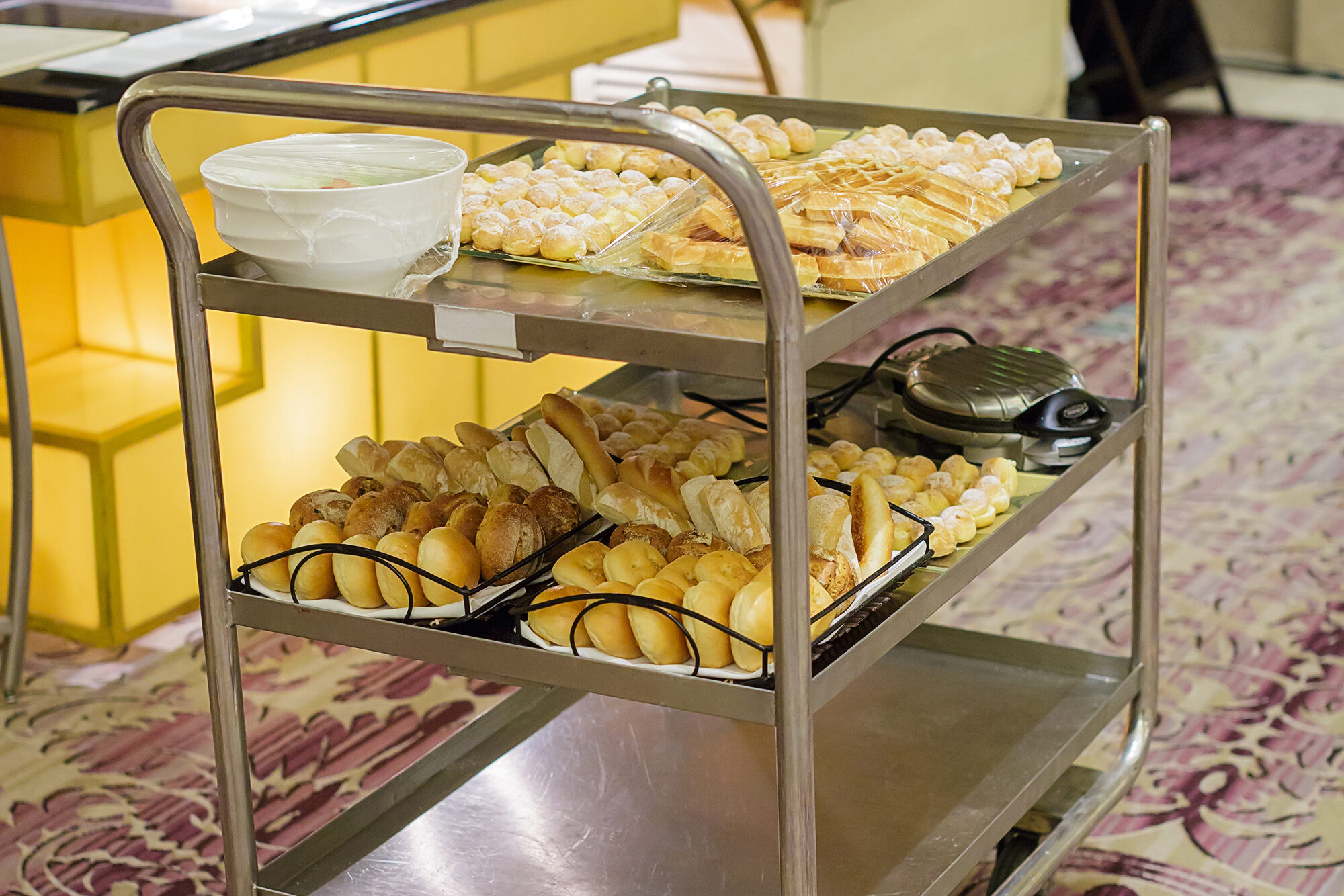
There was nothing like watching a dessert cart slowly roll past your table, topped with slices of pie, cheesecake, and maybe even a layered parfait. You didn’t just read about dessert — you saw it, up close, tempting you even if you hadn’t planned on indulging. It made saying “yes” feel inevitable. Even if you were full, it was hard to resist the glittering sugar glaze of a chocolate cake right under your nose.
Dessert carts have mostly vanished, replaced by sleek menus and even sleeker bills. Restaurants now rely on digital photos or descriptions to sell dessert, which just isn’t the same as seeing it roll by in person. Sure, it’s more sanitary and space-efficient, but it’s less magical. For diners who remember, the dessert cart was a visual celebration — a parade of sweet possibilities. And choosing dessert felt like a tiny adventure rather than a last-minute decision.
8. Matchbooks with the Restaurant Logo
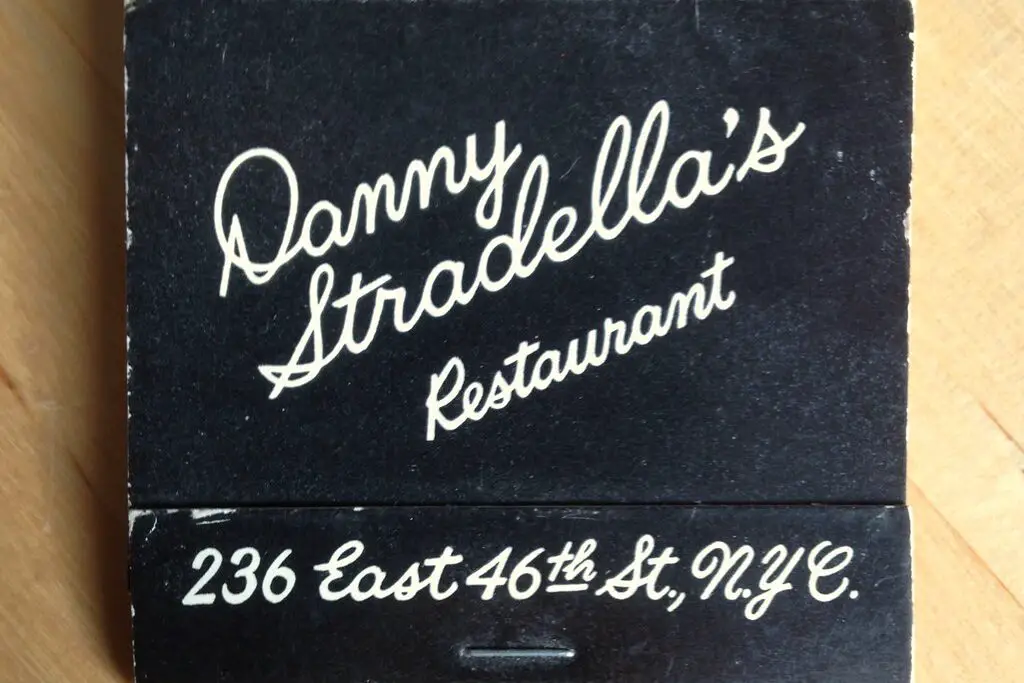
There was a time when every restaurant had a little bowl of branded matchbooks near the host stand or bar. People collected them like souvenirs, tucking them into purses, pockets, or desk drawers at home. They were tiny, useful reminders of a night out — even if you didn’t smoke. And for some, they became nostalgic mementos of favorite spots long gone.
Today, matchbooks are mostly extinct, casualties of smoking bans and changing norms. You might find them in vintage shops or dusty drawers, but restaurants rarely give them out anymore. They’ve been replaced by business cards or QR codes, which just don’t carry the same charm. For those who collected them, each matchbook held a memory — a date, a celebration, a spontaneous meal. They were little time capsules, handed out with the check.
9. Diners Open 24/7
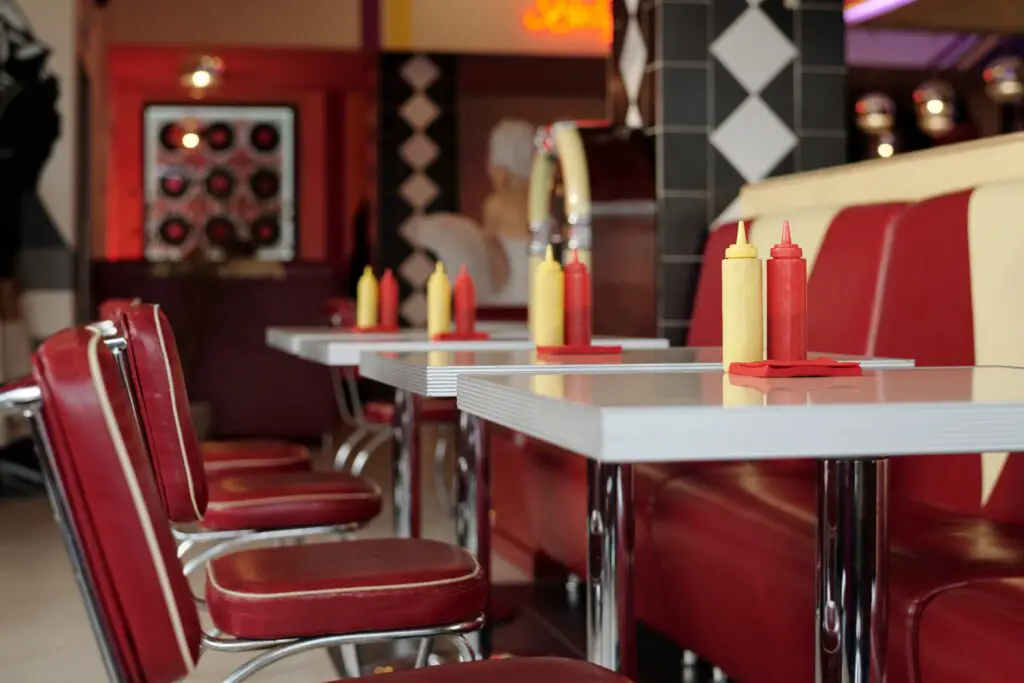
For night owls, shift workers, or college students pulling all-nighters, the 24-hour diner was a lifeline. You could roll in at 2 a.m. for pancakes and coffee, surrounded by a random cast of characters — everyone from late-night truckers to post-bar partiers. There was a strange comfort in knowing that no matter the hour, you could find food, warmth, and fluorescent lighting.
But 24/7 diners are dwindling fast. Rising labor costs, safety concerns, and changing dining habits have led many to cut hours or close entirely. It’s increasingly rare to find a place that serves a full menu around the clock. And while breakfast at 3 p.m. is still possible in some spots, there’s something different about a place that never sleeps. For those of us who grew up with them, their absence is deeply felt.
10. Servers Writing Orders by Hand

There was a time when servers didn’t need tablets or handheld devices — they had notepads and quick memories. Watching them jot down your order with a little shorthand was part of the charm. It felt human and real, and when your meal came out perfectly, it was impressive. Even mistakes were easier to laugh off, because it was all done the old-fashioned way.
Now, most places rely on tablets or ordering kiosks to send your meal straight to the kitchen. It’s faster, yes, but it removes some of the human touch. The notepad is becoming an endangered species. And while we appreciate efficiency, there’s a quiet loss in watching a skilled server navigate a busy dining room with just a pen and paper. It was a kind of performance in itself.
11. Complimentary After-Dinner Mints
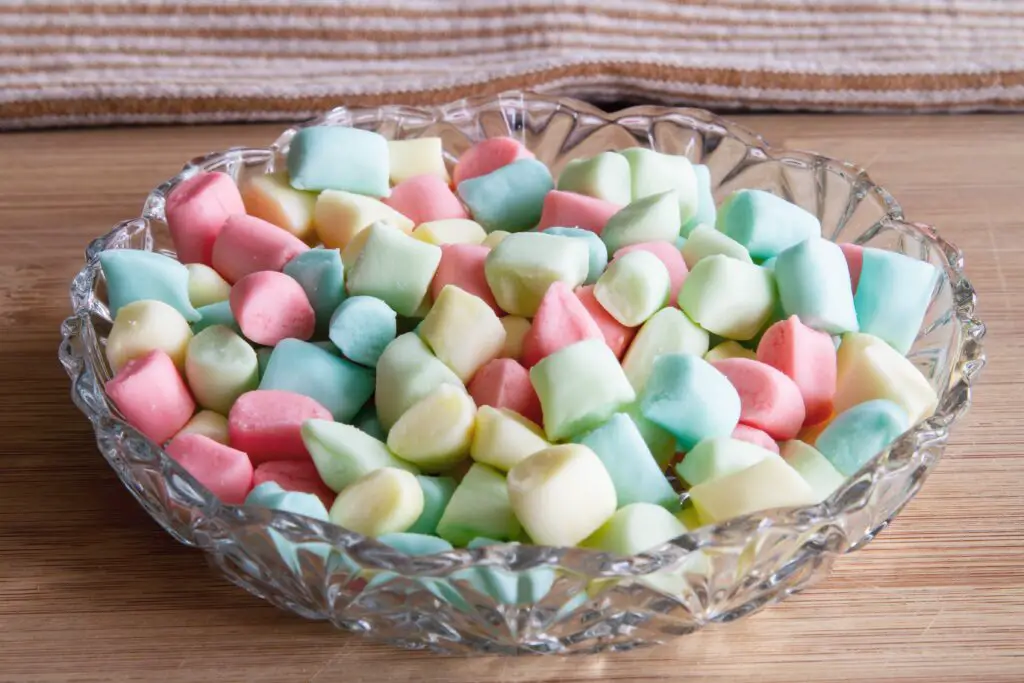
You know the ones — the pastel butter mints or the wrapped peppermints that waited for you by the register. Grabbing one on your way out was almost as much a tradition as ordering dessert. It was a small, sweet gesture that made you feel like the meal had a proper ending. For kids, it was the unofficial prize for behaving through dinner.
Now, those mints have mostly disappeared. Maybe it’s cost-cutting, maybe it’s hygiene, but the candy dish is all but extinct. And while it’s hardly a major culinary loss, it symbolized something more — a sense of generosity, a “thanks for coming” that didn’t require words. Today, you’re more likely to find a QR code on the receipt than a mint on your way out. But for those who remember, that little treat left a lasting impression.
12. Rotating Pie Displays
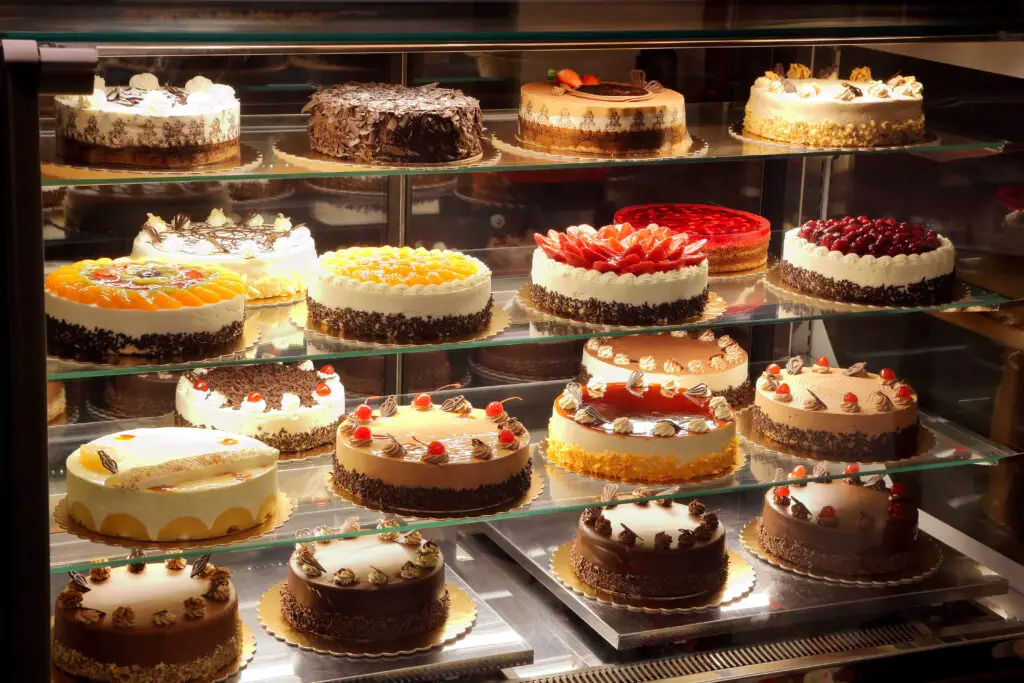
Remember the pie case? That spinning display of towering meringues, fruit fillings, and flaky crusts was once the crown jewel of any diner or family restaurant. Even if you weren’t planning on dessert, it worked its magic — you’d catch a glimpse of that lemon meringue or chocolate silk and suddenly find room. It wasn’t just food; it was visual temptation, and it made dining out feel a bit more like home.
Today, those pie carousels are rare. Dessert menus have shrunk, and baked goods often come from off-site vendors or corporate suppliers. The lovingly homemade vibe of a rotating pie case has given way to more streamlined offerings. And while dessert is still around, it feels less personal, less celebratory. That old pie display was a reminder that someone had taken time to make something from scratch — and show it off with pride.
